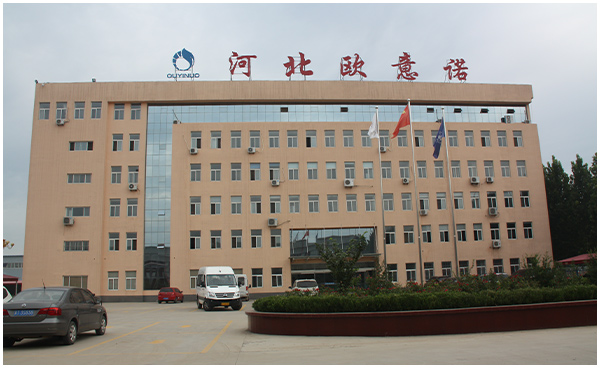
Aug . 28, 2024 02:01
Back to list
Cyclone Separator
Cyclone Separator An Efficient Dust Separation Technology
A cyclone separator is a widely used device in various industrial applications for particle separation. It operates on the principle of centrifugal force to remove particulates from gases or liquids, making it an essential apparatus in industries such as agriculture, mining, pharmaceuticals, and manufacturing.
The basic working mechanism of a cyclone separator involves a conical shape that creates a vortex when a mixture of gas and particulates enters it. The design allows the heavier particles to be separated from the lighter gas stream. As the gas flows into the cyclone, it is rapidly spun around, generating a centrifugal force that pushes the heavier particles toward the walls of the cyclone. As these particles collide with the cyclone walls, they lose their momentum and fall into a collection chamber at the bottom. Meanwhile, the cleaner gas, now separated from the majority of the particulates, exits through an outlet at the top.
One of the key advantages of cyclone separators is their simplicity and robustness. They have no moving parts, which reduces maintenance costs significantly. Additionally, they can operate under high temperatures and pressures, making them suitable for challenging industrial environments. Cyclone separators are also known for their efficiency. Depending on the design, they can capture a wide range of particulate sizes, typically ranging from 5 microns to over 100 microns. This flexibility makes them ideal for diverse applications, from controlling dust emissions in manufacturing to enhancing air quality in agricultural settings.
cyclone separator

Moreover, cyclone separators can be used as a pre-cleaning device before advanced filtration systems. By removing a significant portion of the larger particles, they help extend the life of more delicate filtration equipment, thus reducing operational costs. This makes them an integral component in multi-stage separation processes.
However, cyclone separators are not without limitations. They tend to be less effective at capturing very fine particles (typically under 5 microns). In applications requiring stringent air quality standards, additional filtration methods such as baghouses or electrostatic precipitators may need to be employed in conjunction with cyclone separators.
In conclusion, cyclone separators represent an efficient and cost-effective solution for particulate removal in various industrial processes. Their ability to handle large volumes of gas with minimal maintenance makes them a favored choice among engineers. As industries continue to seek efficient ways to manage dust and air quality, cyclone separators will likely remain a viable and important technology moving forward.
Latest news
-
Safety Valve Spring-Loaded Design Overpressure ProtectionNewsJul.25,2025
-
Precision Voltage Regulator AC5 Accuracy Grade PerformanceNewsJul.25,2025
-
Natural Gas Pressure Regulating Skid Industrial Pipeline ApplicationsNewsJul.25,2025
-
Natural Gas Filter Stainless Steel Mesh Element DesignNewsJul.25,2025
-
Gas Pressure Regulator Valve Direct-Acting Spring-Loaded DesignNewsJul.25,2025
-
Decompression Equipment Multi-Stage Heat Exchange System DesignNewsJul.25,2025

